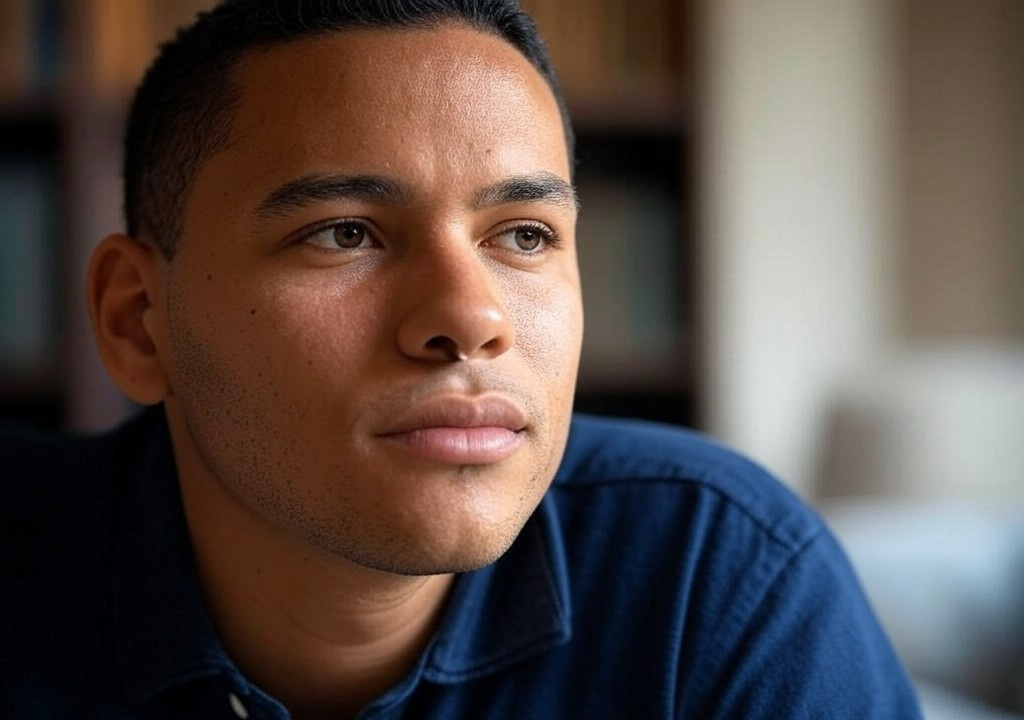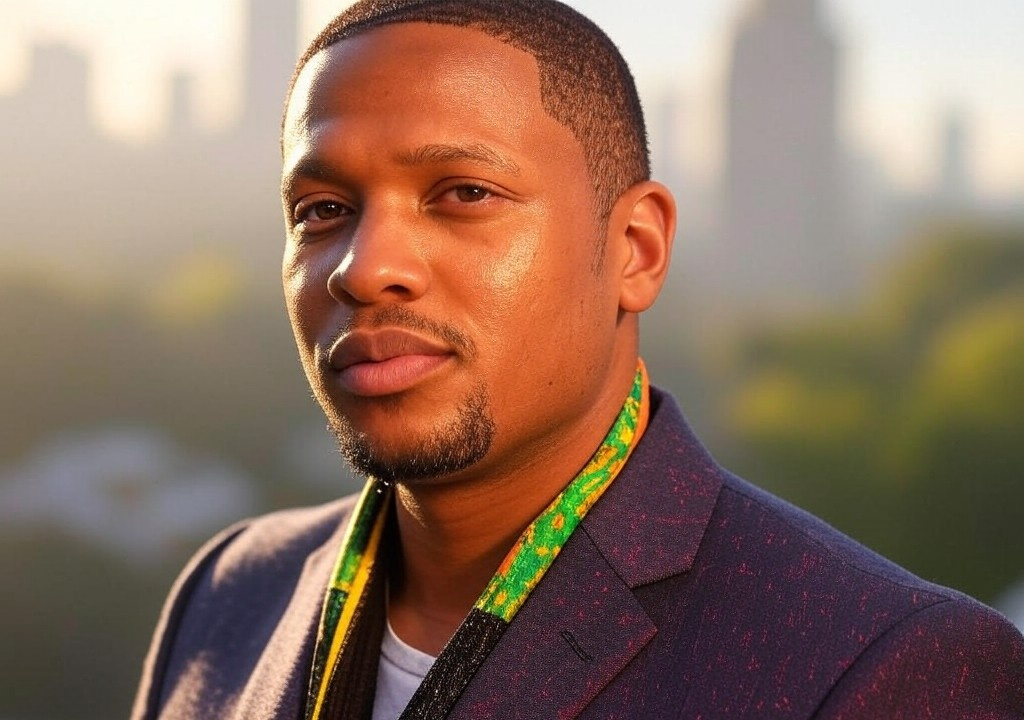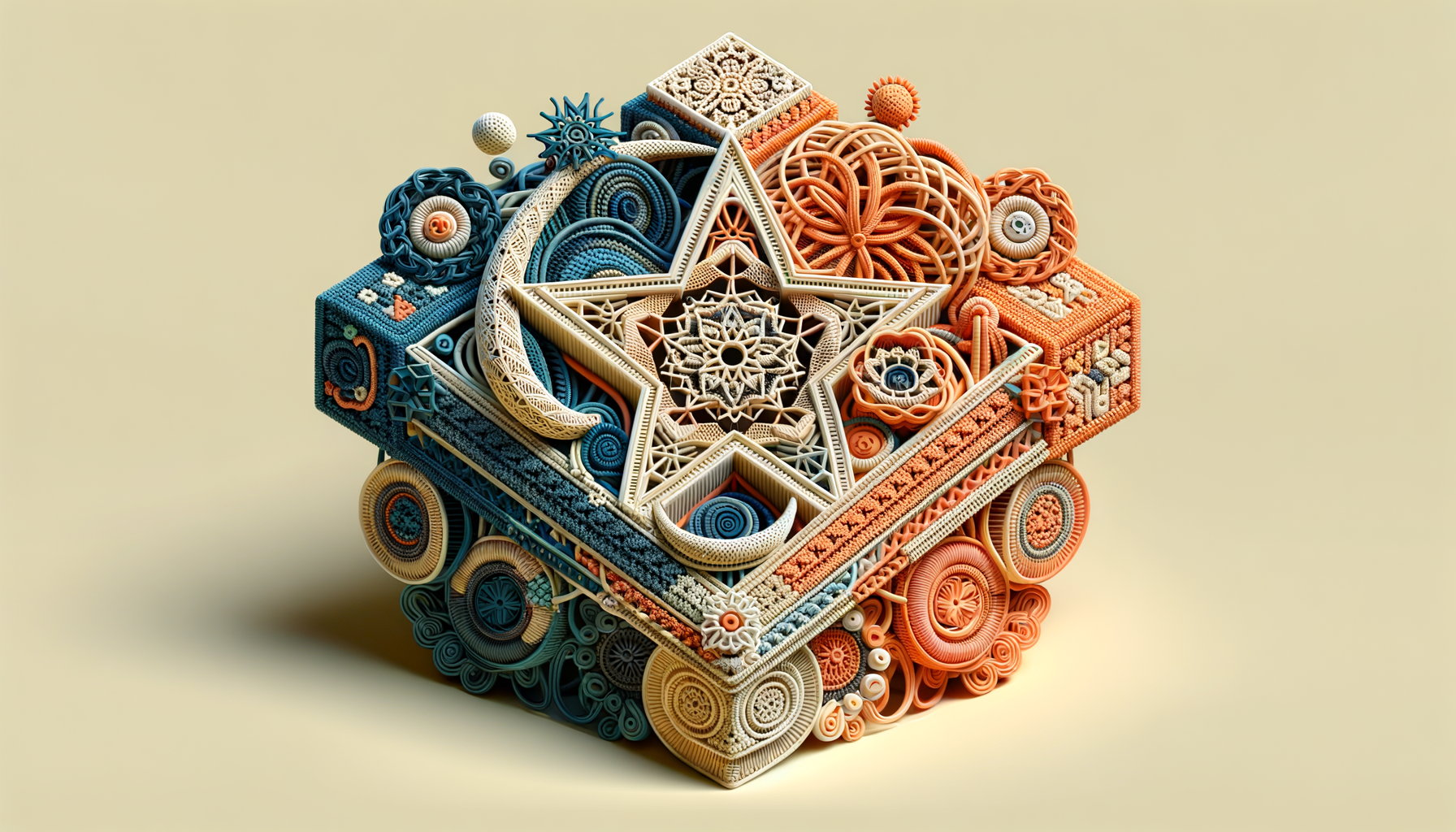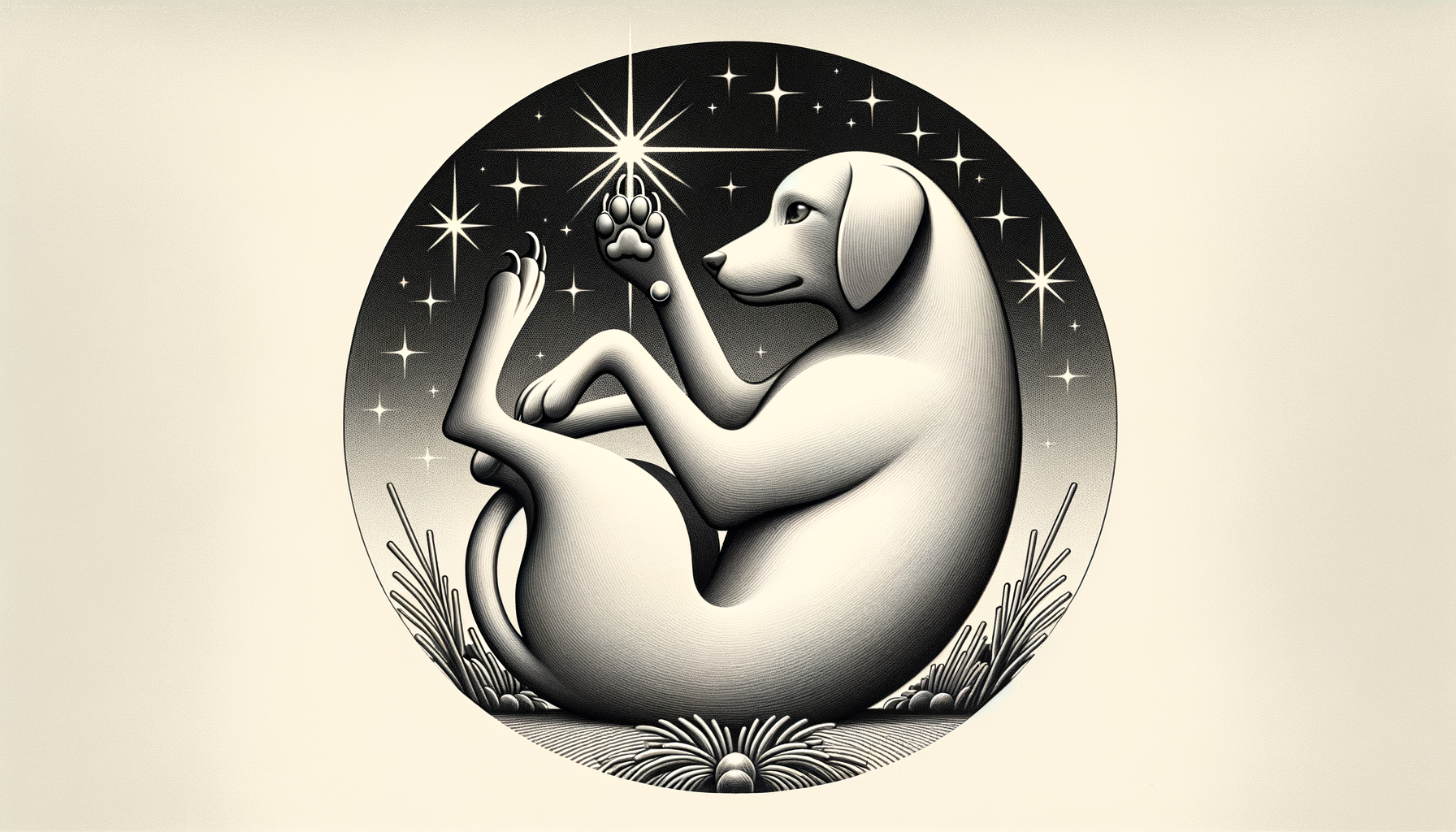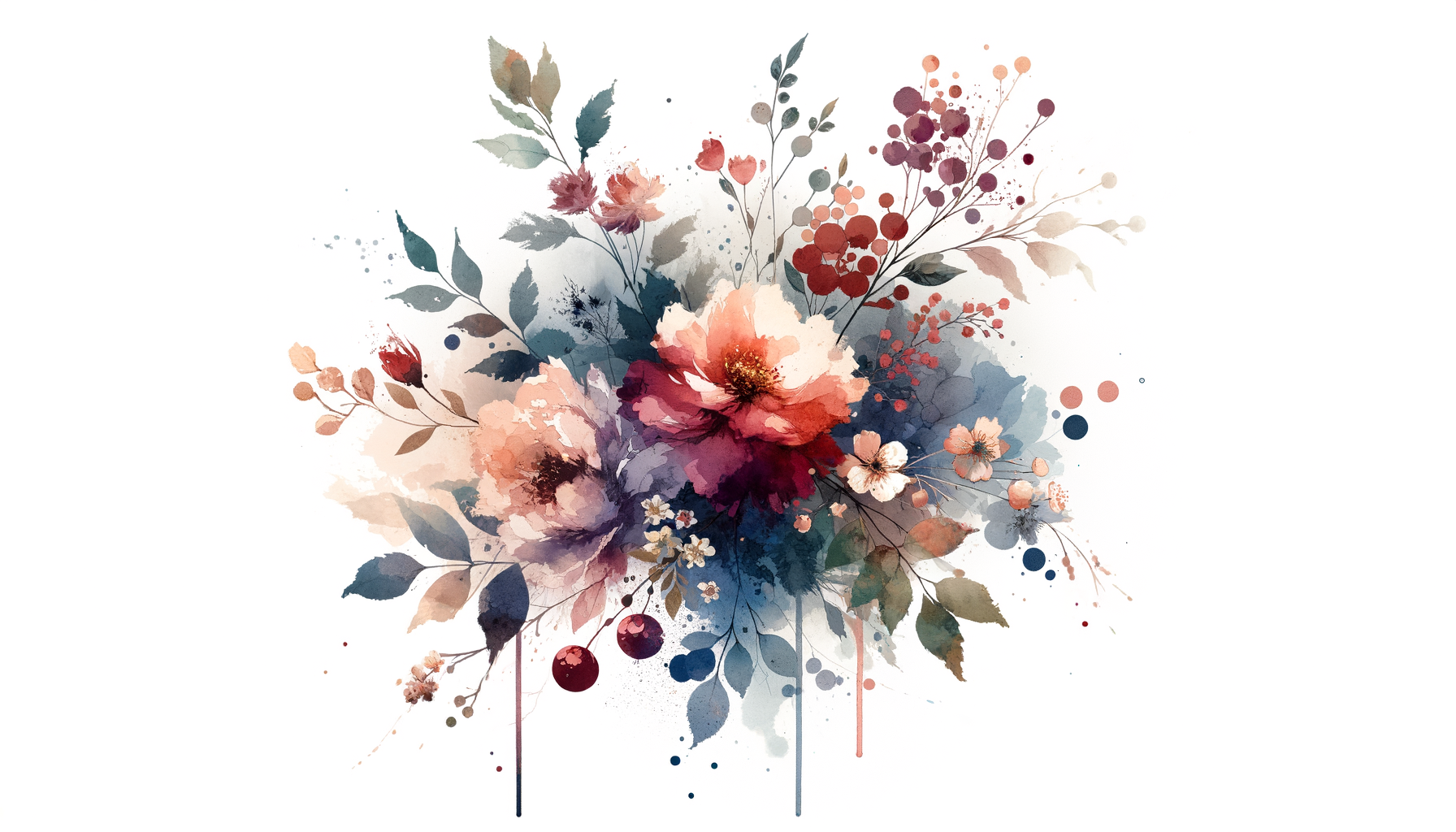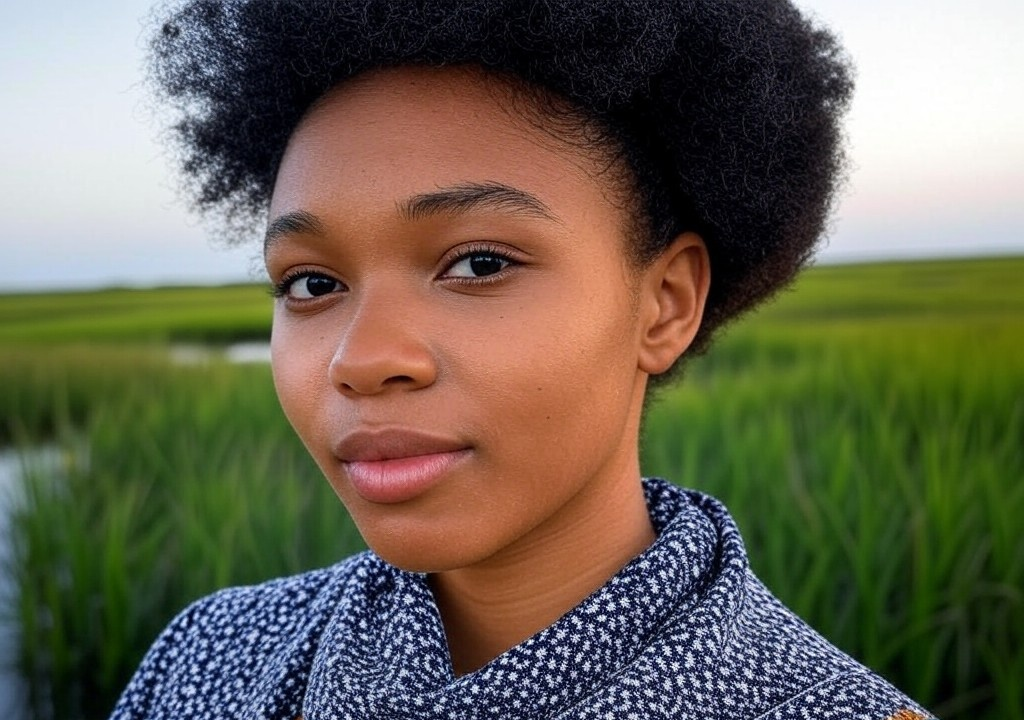Living Between Worlds
When Different Worlds Collide
Growing up as the child of Cuban immigrants in Miami, my life was a warm, heady mix of café con leche mornings and English sitcom afternoons. At school, I perfected the art of pretending I didn’t smell like ropa vieja when I opened my lunchbox. At home, my abuela shook her flip-flop at anyone who dared forget their Spanish. It was like starring in my own telenovela, with a soundtrack bouncing between Marc Anthony and Eminem.
Sure, navigating the space between two cultures gave me a killer palate for croquetas and deep-dish pizza (thanks, Chicago), but it also came with a fair share of identity whiplash. It’s the same kind of whiplash that sneaks into relationships, too—a tug-of-war between how you were raised and who you’re becoming in adulthood. Whether it’s about balancing different upbringings, perspectives, or even love languages, duality doesn’t just borrow the spotlight—it is the spotlight.
And trust me, living between worlds can make dating feel like you’re always translating, not just words but entire worldviews. So how do you take what's messy and complicated about duality and make it the thing that connects you instead of divides you? Let’s dive in.
Mi Casa, Su Casa: Balancing Cultural Expectations and Romance
If you’ve ever had to explain to someone why you can’t casually skip Thanksgiving with your family or why someone’s parents call them “mami” as a grown adult, you already know: dating across cultural lines is a trip.
For me, it was introducing a Midwestern girl to my boisterous Cuban family during my Chicago residency. Dinner was an Olympic sport, with people shouting across the table about politics, food, and novelas like they were free therapy. She, on the other hand, was used to quiet gatherings where everyone politely waited their turn to speak, even if it meant sitting silently for fifteen minutes with unasked questions eating away at them.
Neither setup was wrong—it was just different. The trick to finding middle ground is staying curious. For example:
- Don’t assume, ask. If they’re confused by why your mom kisses everyone on the cheek at family gatherings, share the why—it’s about connection and warmth.
- Double down on inclusivity. If your worlds don’t naturally overlap (like my bilingual family table), take time to make each other feel at home. I started translating more for my partner, and she took the time to learn some Spanish. It was a small gesture that became something bigger—an act of love.
- Honor the differences without diluting them. You don’t have to dim parts of yourself to fit their world—and they shouldn’t have to sacrifice who they are to fit yours.
Religion, Rhythm, and Other “Unspoken Rules” of Relationships
The thing about dualities is this: they don’t just exist between cultures or families—they’re everywhere. Religion, class, finances, work ethics, even day-to-day personalities. One person likes to sleep in on weekends, while the other’s waking up early to water their plants and reorganize the spice drawer—sound familiar?
Enter la música. One of the biggest arguments I had with an ex revolved around music. For me, music is a full-body experience. Salsa? You dance. Hip hop? You turn it all the way up. But my ex? She was the type who wanted background noise she could ignore while cooking quinoa (er...no offense to quinoa). It wasn’t just about volume; it was about approach.
Here’s what I learned from trying to force her into late-night merengue lessons (spoiler: didn’t work):
- Understand the “why.” I thought she was disinterested in culture, but her quiet vibe came from being overstimulated at work—loud music wasn’t relaxing for her in the same way. When I saw it from her perspective, the argument became less about her—and more about compromise.
- Create mutual “languages.” For us, it wasn’t dancing. But we built a playlist, mixing her Bon Iver with my Celia Cruz. (Does it make sense? No. Did we love it? Sí.) Relationships thrive when you meet in the middle, even if that middle awkwardly includes "Guantanamera" fading into “Skinny Love.”
When the Duality Lives Inside You
Let’s get real—living between two worlds isn’t just about your partner. Sometimes, you wrestle with feeling like you don’t fully belong anywhere. This hits hard when you’re trying to bring your full self into a relationship but aren’t sure how much of you the other person can handle.
Case in point: my tendency to toggle between being the loudest guy at the party (hey, Miami!) and the introspective dude who gets quiet enough to disappear into his own thoughts. When you straddle multiple identities, it can be nerve-wracking to wonder: which version of myself will they like?
But here’s the thing—your duality is an asset, not a liability. Here’s how I’ve learned to own it:
1. Communicate openly. Tell your partner about your inner tug-of-war, and trust that the right person will appreciate the layers, not fear them.
2. Don’t aim for perfection. You’re a mosaic of experiences and influences, not a neatly packaged monolith. That’s what makes you damn interesting.
3. Show them both worlds. Instead of hiding “too much,” invite them into your life. Let them see your Saturday-night-salsa, Sunday-morning-silence dynamic in action.
Why Duality Is the Love Story
If living between worlds has taught me anything, it’s this: relationships are less about choosing sides and more about creating new spaces. Navigating duality doesn’t mean splitting yourself in half to keep the peace, and it definitely doesn’t mean forcing change on either side. It means weaving both into something bigger, messier, and truer.
Whether you’re balancing families, cultures, personalities, or even daily routines, the magic lives in the intersections. Yes, it’s sometimes chaotic. Yes, it takes patience. But think of it this way: you’re building a third world, one that belongs only to you and your person. And if you ask me, that’s a pretty damn special thing.


